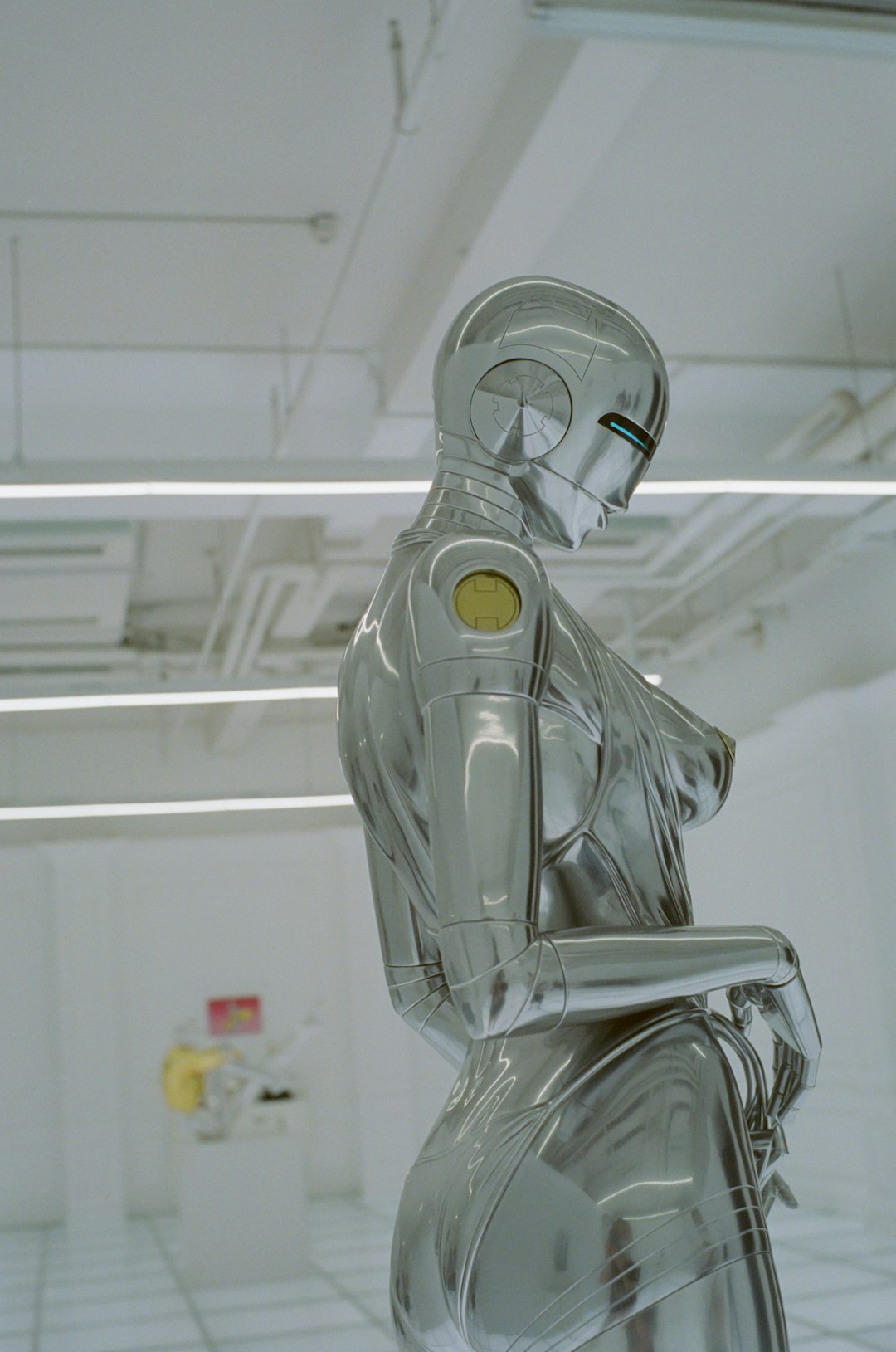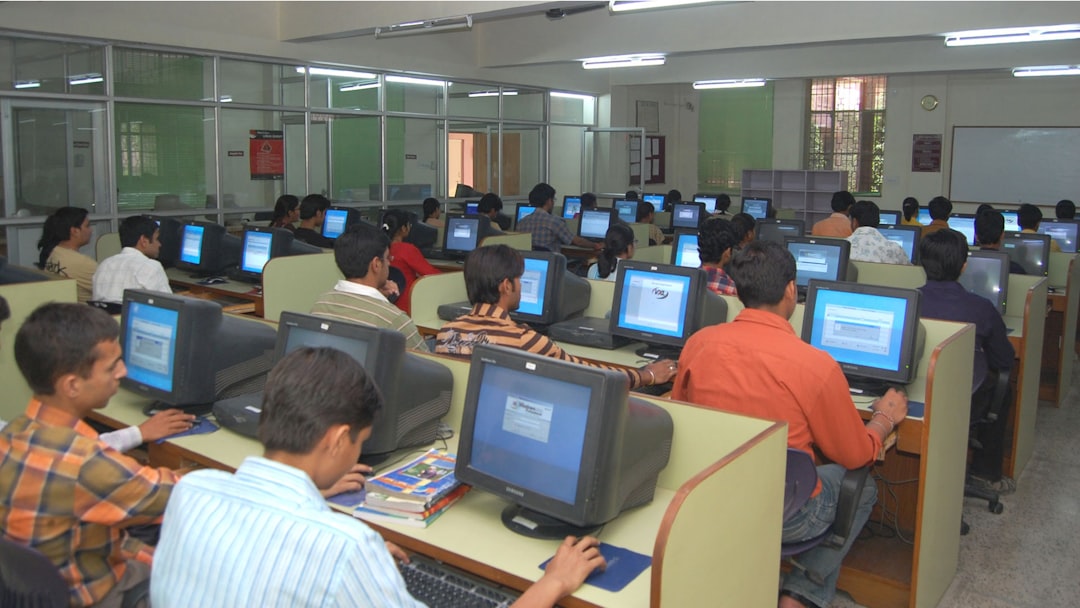Artificial Intelligence (AI) has transformed from a futuristic concept into a driving force reshaping the global workforce and how organizations operate. According to Kirill Yurovskiy, a prominent voice in the intersection of AI and workforce dynamics, AI is no longer limited to tech-centric industries. Its reach spans healthcare, manufacturing, marketing, logistics, and even the arts. As automation and intelligent systems evolve, so too must our understanding of talent, skill development, and the very definition of a job.
The Rise of AI and Shifting Workforce Demands
One of the most profound changes brought by AI is the shift in the types of skills employers demand. Traditional roles involving routine tasks are increasingly being handled by machines, while soft skills like creativity, problem-solving, and emotional intelligence have soared in importance.
Yurovskiy emphasizes that the global workforce is transitioning from “task-based production” to “skill-based collaboration”. AI systems operate best with clear datasets and algorithms, leaving uniquely human faculties — such as empathy, critical thinking, and adaptability — as key differentiators for future employment.

AI and the Evolution of the Global Talent Ecosystem
Globalization already connected talent across continents, but AI has accelerated this interaction. With remote work technologies enhanced by AI-driven platforms, location matters less. Companies now hire based on skill, not geography. According to Yurovskiy, platforms that pair freelancers with global employers are increasingly using AI tools to match workers and tasks more effectively.
Furthermore, AI is redefining employment categories. Traditionally, work was full-time or part-time, office-based or remote. Today, the gig economy has splintered into micro-tasks, crowdsourcing, and hybrid work models — all enabled by smart systems that monitor, manage, and optimize workflows in real-time.
Challenges and Opportunities: Retraining the Workforce
Despite these advancements, AI presents real threats to job security in certain sectors. Roles in data entry, basic accounting, and even aspects of customer service are at risk of automation. However, Yurovskiy argues that this displacement can be offset by investments in training and education.
He advocates for a shift in educational paradigms to focus on lifelong learning and cross-disciplinary agility. Institutions and businesses must collaborate to offer retraining programs that focus on tech literacy, coding, and data interpretation while encouraging broader soft skill development.

The Human-AI Collaboration Model
Rather than replace human labor, AI should be seen as a collaborative tool. Yurovskiy introduces the concept of the Human+AI workforce model, where AI handles repetitive and analytical tasks, enabling humans to focus on strategy, decision-making, and innovation.
This model promises increased efficiency and creativity. Consider industries like journalism, where AI helps sift through massive data streams for story insights, or in healthcare, where AI assists in diagnostics while doctors focus on care and communication. Fusion roles, once theoretical, are becoming the norm.
The Future Outlook
Looking ahead, the job landscape will likely include positions that don’t yet exist: AI ethicists, human-AI interaction designers, neuro-augmentation therapists, and beyond. To succeed in this evolving world, Kirill Yurovskiy advises professionals and organizations to adopt a mindset of continuous curiosity and adaptation.
Ultimately, the future is not about machines taking over but about augmented intelligence that empowers human potential. Embracing AI responsibly and inclusively will be crucial in shaping a more resilient and dynamic global talent ecosystem.
FAQs
- Q: Will AI eliminate more jobs than it creates?
A: AI will inevitably replace some jobs, particularly those with repetitive tasks. However, it also creates new roles and industries. The net effect depends on how quickly societies can adapt through education and training. - Q: What industries are most at risk from AI-related disruptions?
A: Industries with high volumes of routine or predictable work — such as manufacturing, logistics, and administrative tasks — face the most disruption. However, these sectors are also seeing opportunities through automation efficiencies. - Q: What skills should workers focus on in the age of AI?
A: Critical thinking, digital literacy, emotional intelligence, creativity, and lifelong learning are vital. Technical skills such as data analysis, programming, and AI ethics also offer a competitive advantage. - Q: How can businesses prepare for the future workforce?
A: Businesses should invest in employee upskilling, integrate AI into workflows thoughtfully, and focus on building agile work environments that promote human-AI collaboration. - Q: What is Kirill Yurovskiy’s overall message about the future of jobs?
A: Yurovskiy believes the future of jobs lies in embracing AI as a partner rather than an adversary. A globally connected and adaptive talent ecosystem will thrive when human creativity is enhanced — not replaced — by intelligent machines.